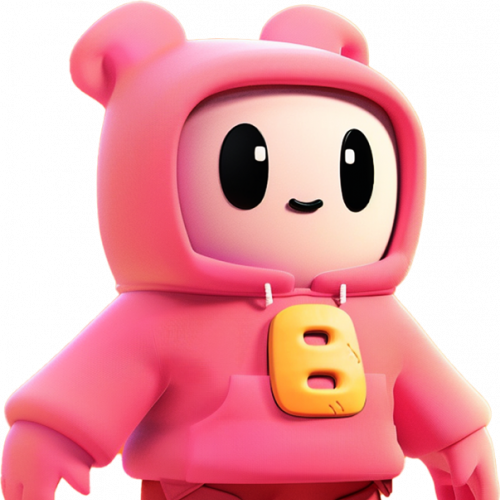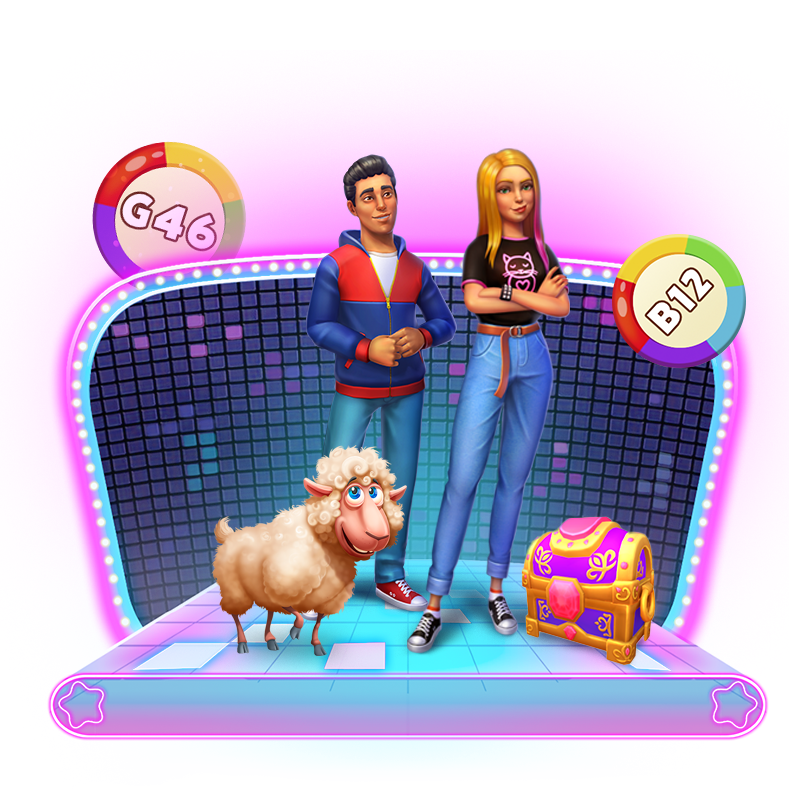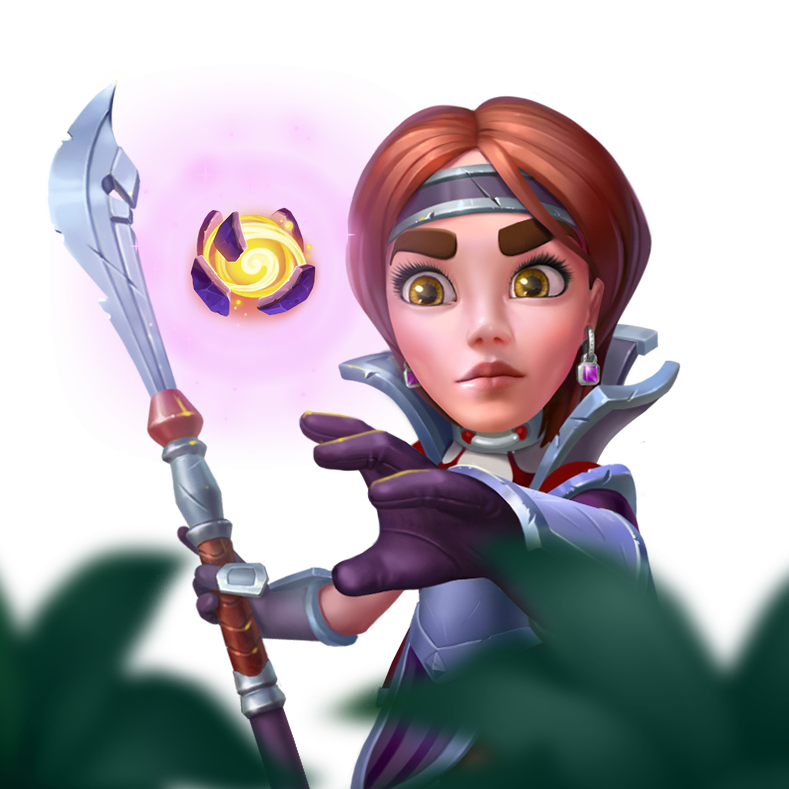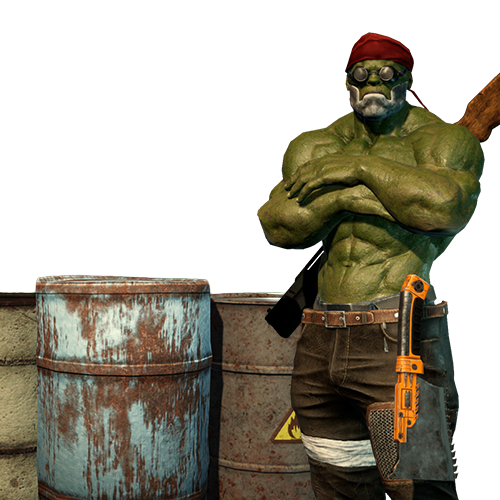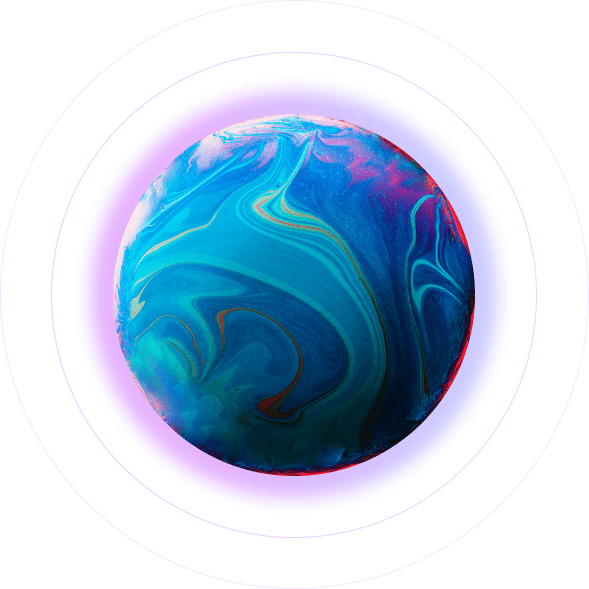From the first baby’s steps
Game has always been the earliest and the essential form of our development process following us from the first baby steps when we are just starting to learn about this world. Nowadays gamification is widely used in the education system, healthcare and wellness, as well as by various manufacturing businesses and brands. But let’s start with the essentials: what gamification is?
Gamification is the application of game design elements (for example, leaderboards, rewarding, challenges, social interaction) to originally non-gaming businesses and concepts. Nowadays gamification is really popular, and we face it every day in that or another form but the process has become so natural for us that we take it for granted and don’t think much about what we are dealing with. Let’s just think about the following example.
John in the world of gamification
Let’s say there is a man by the name John. John is waking up in the morning, heading to Starbucks to grab some coffee. He already has his Starbucks Rewards App which allows customers to collect stars and unlock exclusive rewards, turning purchases into a gamified loyalty experience. Hooray! John is getting his free cup of coffee thanks to their loyalty program (hello gamification). John is in a hurry to his work. He is taking an Uber taxi, because it is not only popular but also engaging and fun. Uber has their reward system that unlocks benefits such as the removal or cancellation fees, and there is even the progress bar that shows you how close you are to the next tier of reward. John reaches the office. Today he has his first day at a “Happy Place” company. John is suggested to pass the onboarding process thanks to the Userpilot platform which actually gamifies all of the dull processes with the help of a cute welcome screen, checklists, progress bars, badges and rewards. John had a brilliant day at work, but it’s time to go home. John uses the same Uber taxi, and opens Duolingvo on his way home to master his language skills. Needless to say that this app is one of the pioneers of gamification elements in educational apps (since everyone is familiar with it) helping users to learn language faster and in a fun engaging way. Well, this is just a minor example of the things that became so habitual and standard in our daily life. Almost every business, application and organization nowadays is using gamification in that or another form. Why?
Learning from the ancestors
In fact games have spent centuries (if we speak about their earliest forms) learning how to improve motivation, engagement, retention and already have quite a great background of lessons learnt. So, there are now all the other spheres learning from games and using their principles for better customers loyalty, engagement and retention, employee’s training and growth, etc. It is not limited to the little story above. Almost every sphere: health and fitness, psychological health apps, logistics and transport, finance, sustainability, ecology, entertainment, HR and workplace productivity, even the investment has been introducing the elements of gamification in that or another way. It would take hours to talk about every known example, so let’s just take a look at the brief review of the top 10 most interesting launches in 2024-2025:
- Strava’s Adventure Challenges (Health & Fitness)
Strava introduced their gamified “Adventure Challenges”, where you can earn digital medals and unlock virtual experiences while exploring new routes or achieving your own personal milestones. This brings additional engagement and motivation to explore more and more and achieve better results in a fun engaging way.
- Nike Move to Zero (Sustainability)
Nike’s Move to Zero Campaign introduces gamified in-app activities where users can track sustainable behaviors (for example, recycling old gear or purchasing sustainable products), earn badges for their sustainability efforts and unlock exclusive content.
- Robinhood’s “Invest Quest” (Finance & Investing)
Robinhood launched their Quest, a gamified feature that offers investors XP points and rewards for completing educational modules and achieving the investment goals.
- Spotify Jam (Entertainment)
Spotify’s new “Jam” feature allows users to collaborate with their friends or followers on playlists, earning rewards for consistent activity. This has gamified music creation, social interaction and definitely adds to engagement.
- Waze (Navigation & Traffic)
Waze is a social traffic and navigation app. Its users can share real-time traffic information, as well as constantly updated information about accidents, speed traps, gas prices to help others find cheaper gas stations. Waze uses such gamification elements as a score system, badge rewards, avatars with “moods” and even a leaderboard – what encourages its users to participate in the community life and contribute.
- Fold App Bitcoin Wheel (Finance & Rewards)
Fold (financial services platform) has introduced their Bitcoin Wheel of Fortune which rewarded users with Bitcoin for everyday purchases. During the December 2024 it was also possible to earn extra spins by buying gift cards, referring friends and following their socials. This creative integration of cryptocurrency and gamification engaged users in financial education while offering real-world incentives.
- Drest (Fashion)
Initially launched in October 2020, Drest (a fashion styling game) relaunched in November 2024 introducing new features and collaborations with luxury brands. DREST is a unique multi-brand environment, that now features over 260 brands. Players of DREST don’t just explore, discover, and learn in a fun interactive way, but they also have the opportunity to purchase real items, create and share content.
- Puma’s Nitro Challenge on Strava app (Sport)
Puma offers its customers to join the series of challenges surrounded by PUMA Fam, including PUMA ambassadors, win badges and exclusive rewards. Not only they reach better brand awareness but also build their active loyal community which is constantly involved into the brand and its principles.
- Cartier (Luxury)
The French luxury jewelry brand Cartier and American tech company Snapchat has had the story of collaborations. From deploying the AR technology allowing to virtually wear the luxury ring to launching its heritage timepiece, the Tank Watch, with a new Snapchat AR lens. With the new lens, Snapchat users could virtually try on the fourth iteration of the 106-year-old Tank watch, learn some of Cartier’s history and also purchase the watch. The times are moving ahead and along with all the known bonuses of AR it is also one of the way to build the connection of old luxury classic with the Get Z.
- Zongtopia (Art, Music, Entertainment)
And finally here is our favorite example of how gamification is used in a unique and creative way in Zongtopia. Developed by Mónica Andrade (Monár) CEO & Founder Artek Futura Zongtopia game combines the fun of gaming with the real-world music education, offering a unique experience for artists of all levels and social collaboration. In Zongtopia you can build your own dream studio, learn the essential music production techniques, how to mix tracks and set up professional-grade recording equipment, collaborate with the musicians worldwide, complete mini-games and tasks and earn in-game currency for various improvements and upgrades, learn how to make your passion profitable by discovering the ins and outs of the music business and creating your revenue streams. Our Galaxy4Games team has been proud to work on this exciting project and provide full-cycle development (read the full story of this case here). We strongly believe that Artek Futura team is going to beat all the records in what has been done in the sphere of music before and become the brightest example of how music and gaming merge, providing the platform where musicians learn and grow and reach efficient results.
Yu-Kai Chou’s Framework
Games are no longer just consoles and hand-held controllers, and not only for the audience which you can imagine as hard-core traditional gamers. Games now are a gentle touch of everything we do in our daily life. And when we say games, we don’t just mean the kind meant to entertain and do nothing else. Let’s just take a look at Octalysis Framework of Yu-Kai Chou who has been deeply studying gamification. Here are the core drives of gaming that he has defined. By operating with these drives smartly it is possible to reach better results in the relationship with your customers, loyalty, and in general reach more engaged process of delivering the service or product itself:
- Epic Meaning & Calling: Feeling like you’re part of something bigger (making the world the better place)
- Development & Accomplishment: Progressing and achieving goals (progress bars, XP, points, badges, leaderboards).
- Empowerment of Creativity & Feedback: (always listening to feedback)
- Ownership & Possession: Wanting something because it’s yours (your own avatar, personalized challenge or even the NFTs.).
- Social Influence & Relatedness: Motivation through social interaction (collaborative actions, games, sharing on social media, etc.).
- Scarcity & Impatience: The drive to want something just because we don’t have it yet (tiers, the possibility to unlock something special, etc.).
- Unpredictability & Curiosity: The excitement of not knowing what’s going to happen (unexpected rewards, mystery boxes, hidden rooms, etc.).
- Loss & Avoidance: Avoiding negative outcomes (returning on a daily basis not to miss the gift, staying alive to advance, your character dying or getting hurt, losing something important, etc.).
Conclusion
Gamification is definitely the future. It is already our present with so many bright and successful examples on the market. Think of investing into it to improve your business. Learn the market and competitors: what has been done, what results it helped to achieve and think of the gamification ways that will be the best for you. Even if something doesn’t work from the start, keep experimenting and trying. We are here to provide you help and bring your ideas to life!

